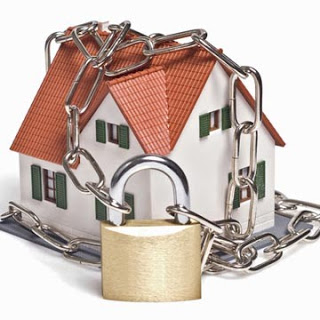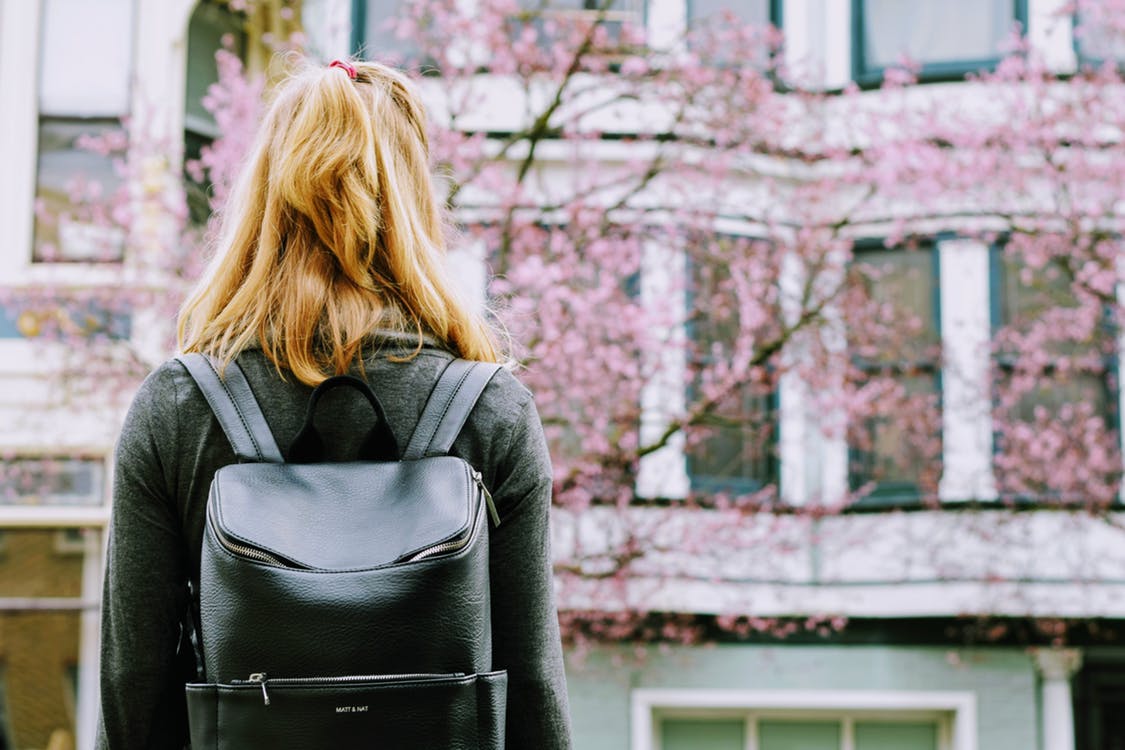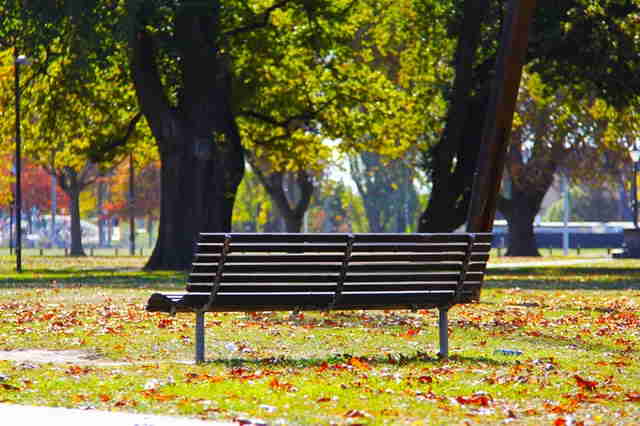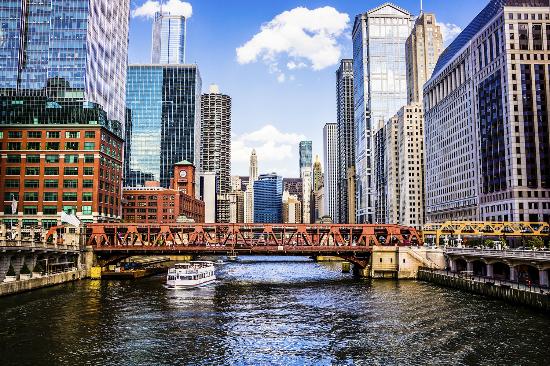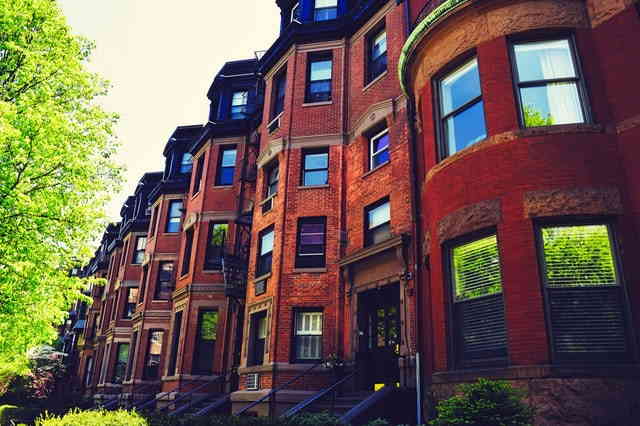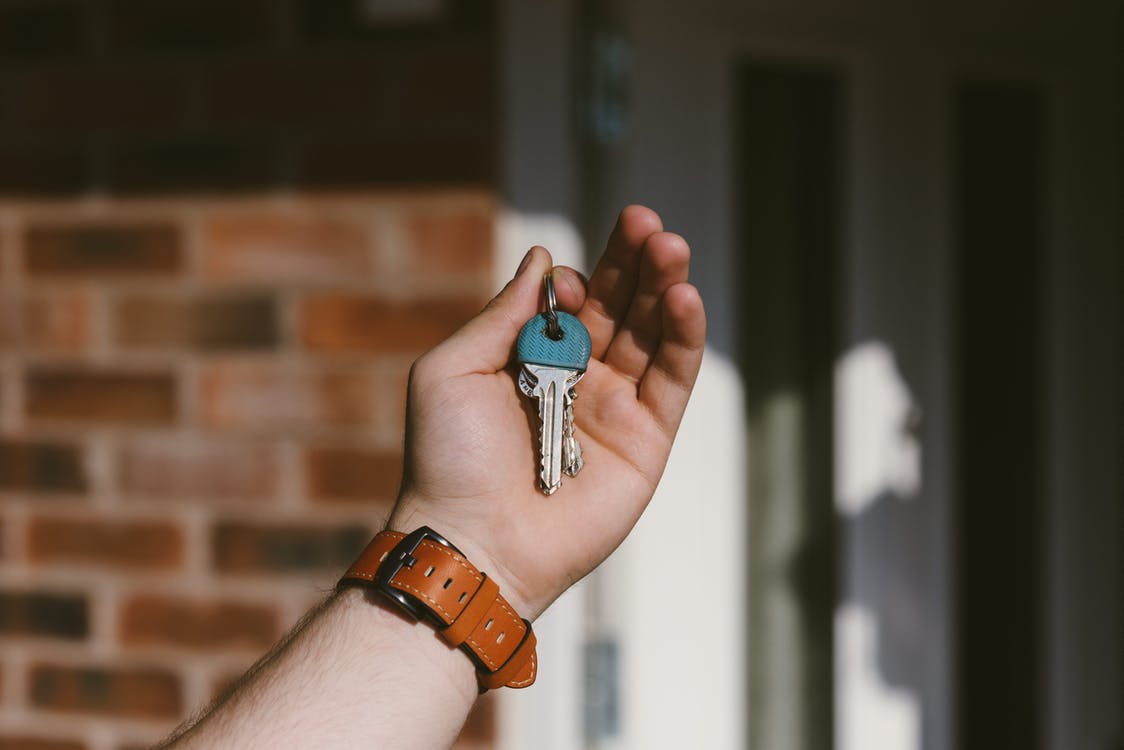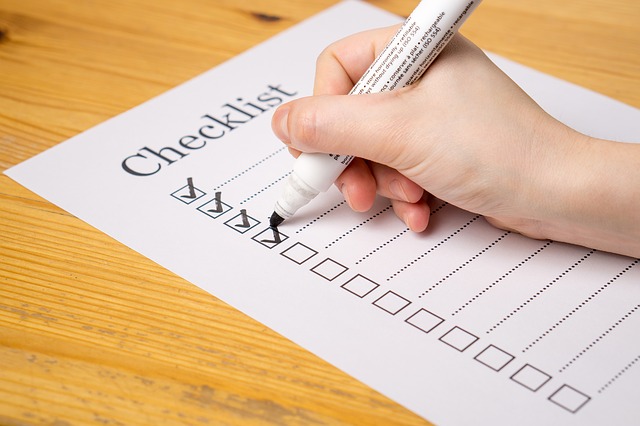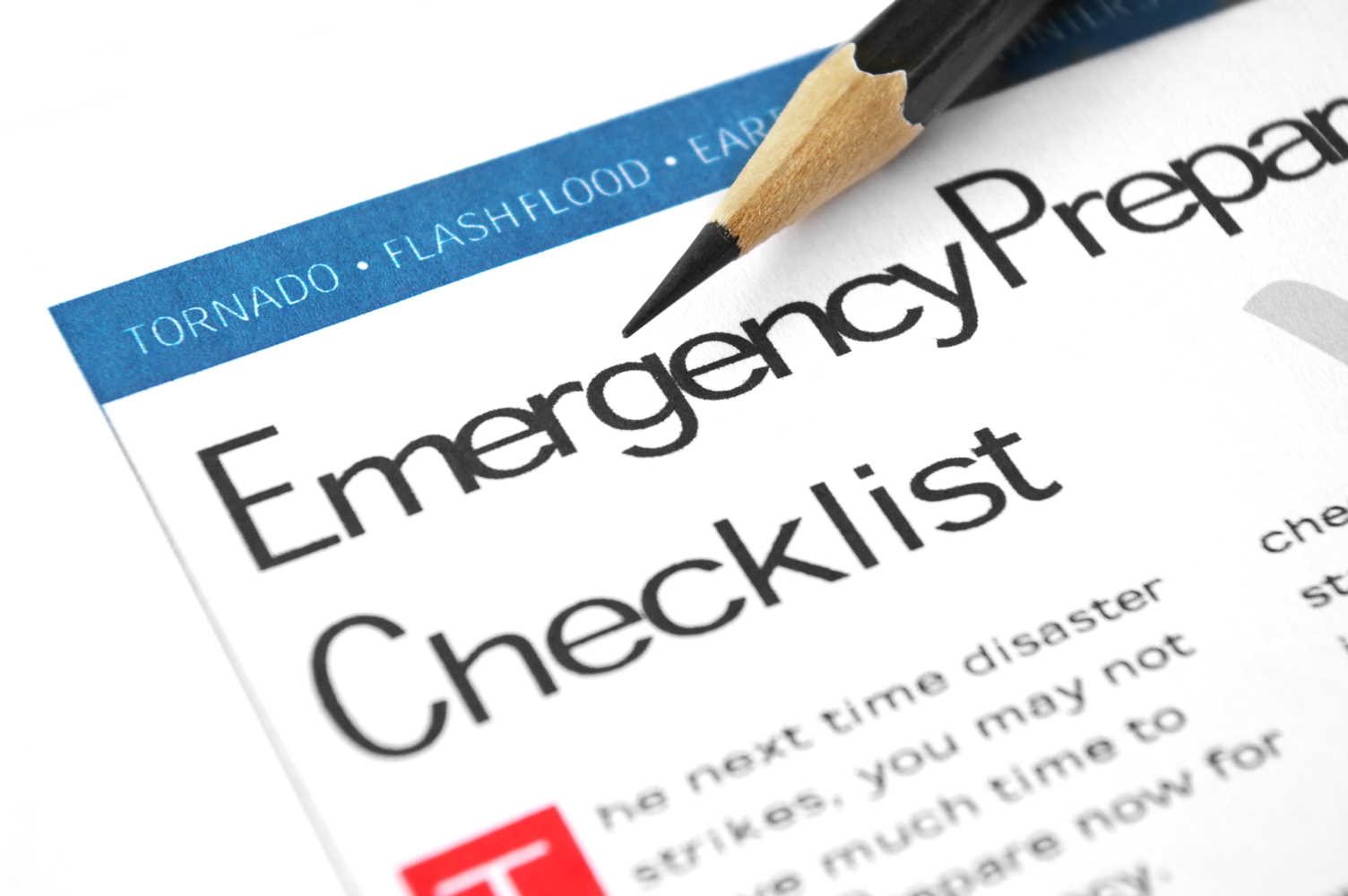Features of Disability Accessible Apartments
Even before you enter one, it’s easy to determine the basic features of an apartment: living area, kitchen space, bathroom, and a closet or two. But when an apartment includes features for disabled persons or the elderly, knowing what to expect is a challenge. Not all disability accessible apartments are the same.
Features of Disability Accessible Apartments
The U.S. Fair Housing Act
The U.S. Fair Housing Act has seven basic design and construction requirements for most accessible apartments:
- An accessible building entrance on an accessible route
- Accessible common and public use areas
- Doors usable by a person in a wheelchair
- An accessible path into and through the dwelling unit
- Light switches, electrical outlets, thermostats, and other environmental controls in accessible locations
- Reinforced walls in bathrooms for later installation of grab bars
- Usable kitchens and bathrooms
Your specific needs and apartment features may vary, but this list is a good start when speaking to building managers about an available unit. It’s also vague— what’s a “usable” kitchen, anyway?—so here’s a rundown of some layout specifics for disability accessible apartments to aid in your apartment search.
Disability Accessible Hallways
Hallways should be 4 feet wide, with well-secured carpet or non-slip flooring. Light switches must be at an accessible height. “Non-slip” flooring includes hardwood, some ceramic tiles, and embossed sheet vinyl.
Disability Accessible Bathrooms
At least one bathroom should be located on the main floor. When apartment searching, this is pretty easy to find because few apartments offer multi-story dwelling. Other features to keep an eye out for:
- The bathroom door must be no less than 34 inches wide and open outward, which prevents the door from taking up precious bathroom space.
- There should be enough open space along one side of the toilet and the bathtub to improve maneuverability.
Disability Accessible Kitchens
Kitchens shaped like an “L” or “U” enhance accessibility, but don’t consider them deal-breakers. More important are continuous counters set at the same height and level as the cooktop or stove. The corners of all counters should be rounded for safety. The sink and cooktop should have knee space beneath them.
Disability Accessible Living Rooms
The main living area should not have a door, but should have a wheelchair-navigable threshold. That could be a subtle ramp, a threshold limited in height to about one-quarter inch, or no threshold at all.
And since we’re talking about the entrance, it’s also worth noting there should be a light switch at the entrance to the room. All light switches—not just the one at the entrance of the living area—should be accessible from a seated position.
Disability Accessible Bedrooms
The room should be large enough to accommodate a bed plus 5 ft x 5 ft of space for maneuverability, according to the Americans with Disabilities Act (ADA).
Lighting, adjustable shelves, and hanger rods in the closet also improve the apartment bedroom’s accessibility for the disabled or elderly.
A useful search tool is the best feature!
Looking for a disability accessible apartment can be a stressful challenge. However, with the right amount of research and with help from online tools like Apartment Search, it’s possible to find the perfect disability accessible apartment.
Please note: This overview is for illustrative purposes only and is not intended to serve as a representation of legally-binding accessibility features. Please contact the ADA Information Line for more detailed information.
Additional Resources
A Beginner’s Guide to Exploring New York City
A Beginner’s Guide to Oklahoma City, OK
A Beginner’s Guide To Philadelphia, PA
A Beginner’s Guide To Phoenix, AZ
A Beginner’s Guide to Pittsburgh, PA
Advice for Moving to Sacramento, California
Apartment Staging Tips
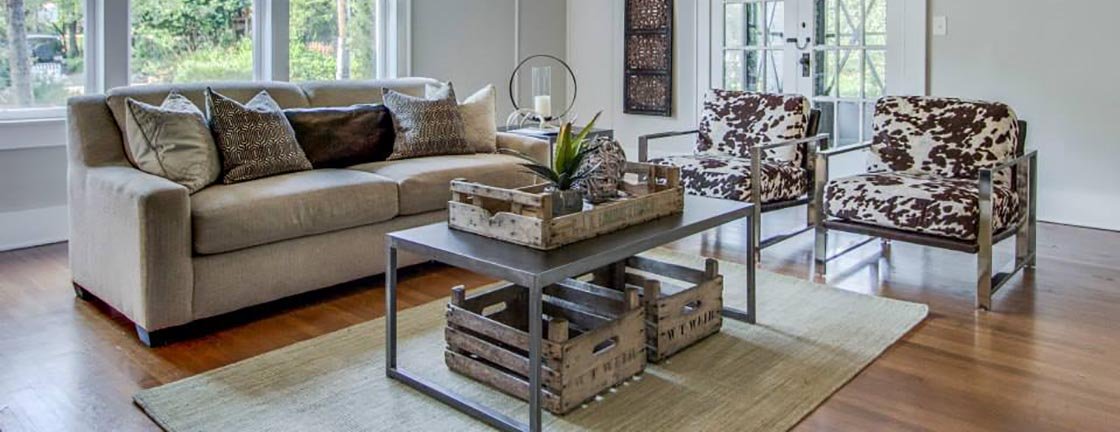
Student Furniture Rental
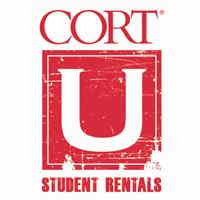
The Benefits of CORT Furniture Rental for Military Members
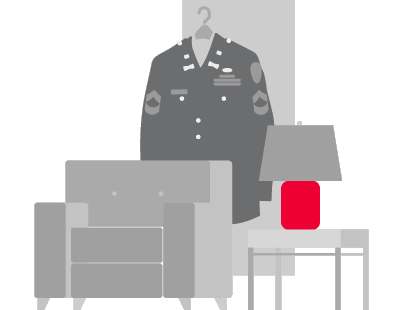
What Is the CORT Personal Service Guarantee?

Why Rent Furniture Instead of Buying New?
5 Tips for Moving Apartments with Kids
A Guide to Apartment Lease Types
Apartment vs House: Which Should I Rent?
Checklist for Moving to Another Country
Choose the Best Movers
For Renters: Tenant Rights & Natural Disasters
More Like This
15 Tips for Apartment Hurricane Preparedness
4 Apartment Mold Symptoms That Should Worry You
Apartment Fire Safety 101: What to Do Before & After
Apartment Parking Safety & Etiquette Tips
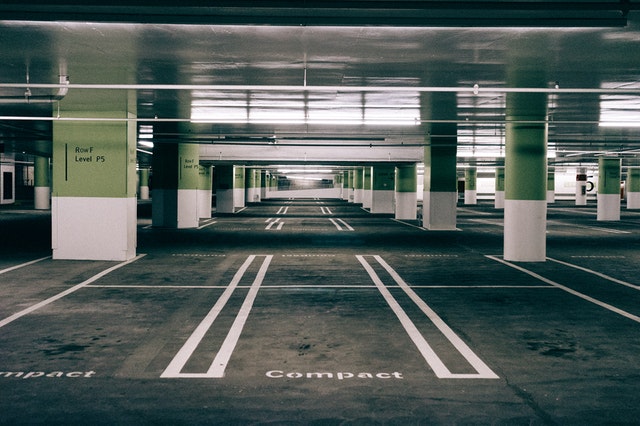
Apartment Rental Application Process
Apartment Safety and Security
